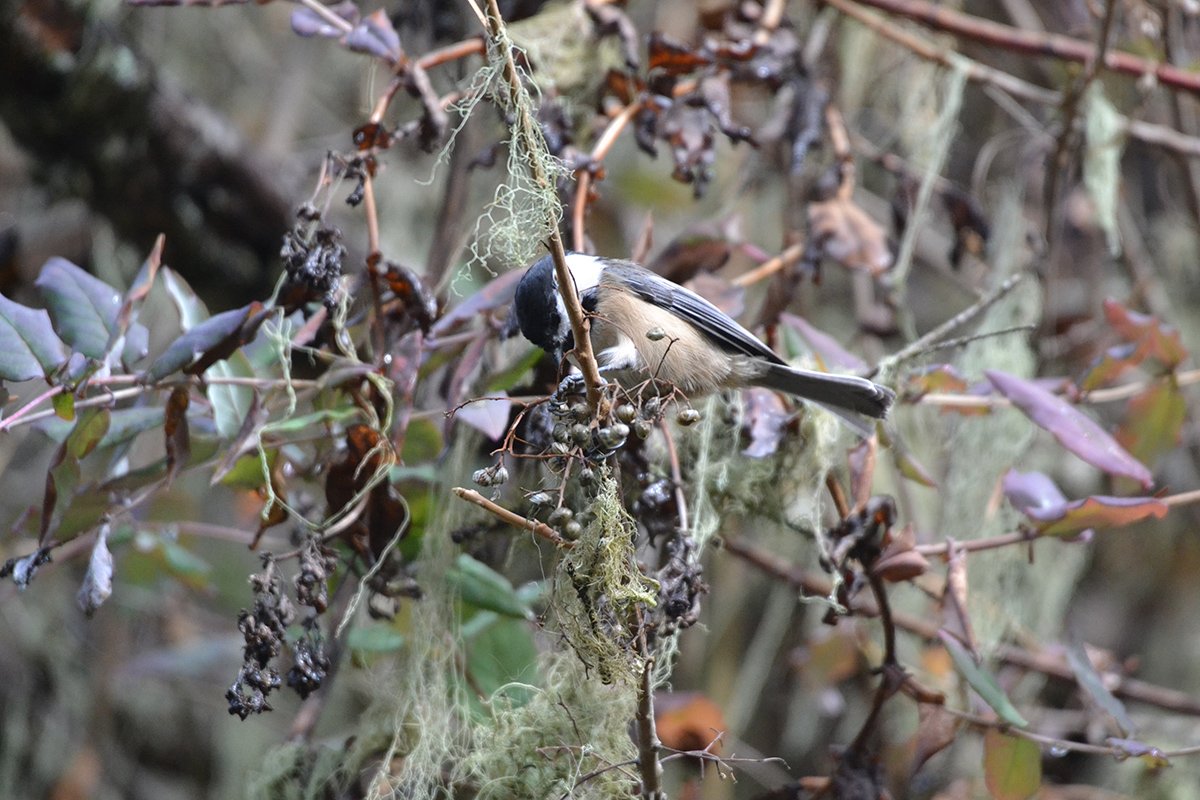The Birder’s Handbook: A Field Guide to the Natural History of North American Birds is a great resource. It has information on the biology of bird species “known to nest regularly on the continent, north of the Mexican border (with the exception of some exotic species that have escaped from captivity) and all the now-extinct birds known to have nested here since the arrival of Europeans.” The book is also full of essays covering different biological topics. Here is an excerpt from the essay “Bathing and Dusting:”
“…Feathers are marvelous and intricate devices, but keeping them functional requires constant care.
A bird is considered to be bathing whenever it uses any of several stereotyped movements to wet its feathers. One pattern, wading, is commonly observed in birds with strong feet and broad, short, flexible wings. In a typical sequence a bird stands in the water, fluffs the feathers to expose the bare skin between their bases, and rapidly flicks the wings in and out of the water. The breast is submerged and rolled vigorously back and forth, and then, as the front end emerges, the head is thrown back, forming a cup with the partially elevated wings and tail, and dousing the feathers of the back. Those feathers are elevated so that the water reaches the skin, and then lowered, forcing the water between them. The sequence may be repeated, with the bird submerging farther in each cycle, until it is a mass of soaked, disarranged feathers.
…Songbirds shake themselves to throw off water by vibrating wings and tail and ruffling feathers. All birds normally follow bathing with preening.”
The water in the creek is lightly flowing at the moment due to the lack of rain over the past couple of weeks. There are plenty of stretches where the water is shallow. The depth is perfect for songbirds to wade out into the creek and take a bath. I love watching them splash around in the water.
Remember to click on the photos to enlarge and scroll through them.































































